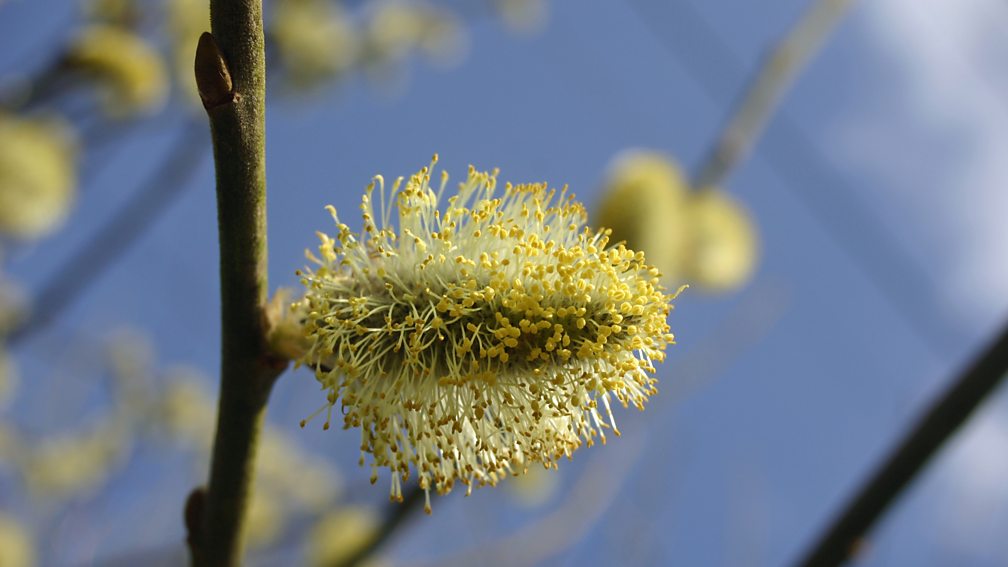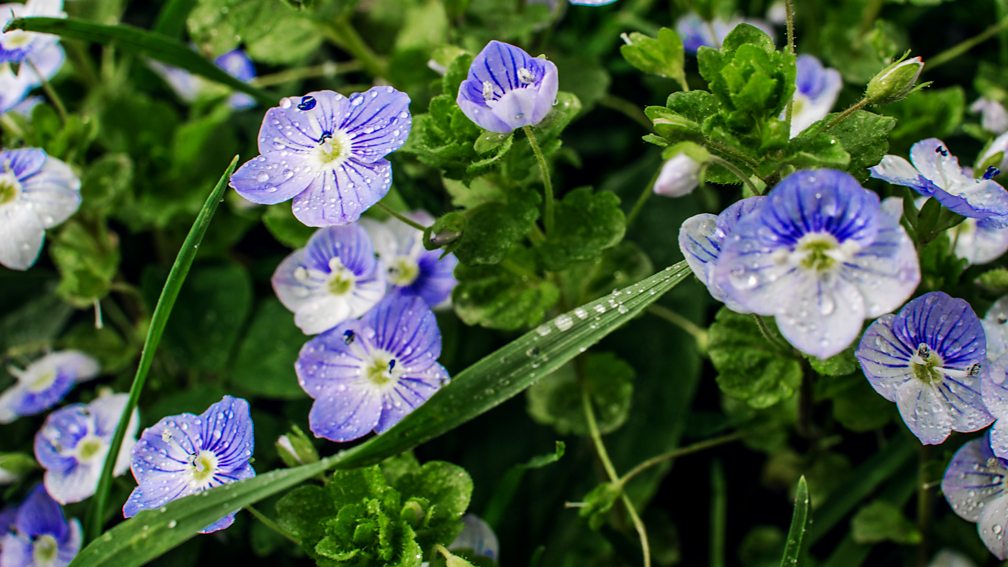12 British wild plants that tell the Easter story
In The Passion in Plants, urban naturalist Bob Gilbert and Brother Samuel, a Franciscan friar, wander our rural woodlands and the pavements of the East End to seek out the British wild plants associated with the Easter Story, from the “alleluia plant” to the “Judas tree.”
Goat willow
When Jesus rode into Jerusalem on a
donkey, the people were said to be ecstatic, laying down their cloaks
and waving fronds of palms – the symbol of royalty.
Those palms then became a significant part of the tradition of Palm Sunday processions.
The hawthorn
The hawthorn, Crataegus monogyna,
gets the latter part of its name from its robust and rather painful
looking barbs. The idea that the hawthorn was used to make Jesus’s crown
of thorns was written about as far back as 400 AD and has become part
of folklore since, all over Europe.
Speedwell
As Christ carried his cross to Calvary he
was followed by a crowd of people. Legend has it that one woman in that
crowd, Veronica, took off her veil and wiped the sweat on his brow. On
taking back the veil she saw the stamp of Jesus’s countenance on the
cloth, and the image of Christ is said to have stayed on the cloth ever
after.
Pearlwort
Sagina procumbens, or pearlwort,
is a tiny plant with little white flowers which, as it grows, bulks up
to form cushions. According to Gaelic legend, as Christ rose from the
dead and stepped out of the tomb, it was the pearlwort that was there to
cushion his first footfall.
Wood sorrel
This is a spring woodland plant with tiny, clover-like leaves and a sharp, lemony flavour – like sorrel. Oxalis acetosella has many names, including “cuckoo”, “bread and cheese” and “butter and eggs”, but it has one country name for which it was best known, not just in this country but all over Europe, and that was the “alleluia plant” – because its delicate white flowers will be open for Easter Day.
Alleluia is a Hebrew word that means “praise the lord” and it’s heard in churches across the land on Easter Sunday.
https://www.bbc.co.uk/programmes/articles/4DMBrvtf4BC68BjG1ql3Y4H/12-british-wild-plants-that-tell-the-easter-story
https://www.bbc.co.uk/programmes/articles/4DMBrvtf4BC68BjG1ql3Y4H/12-british-wild-plants-that-tell-the-easter-story









Post a Comment